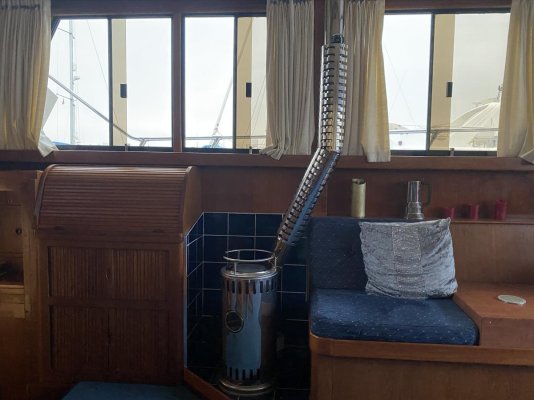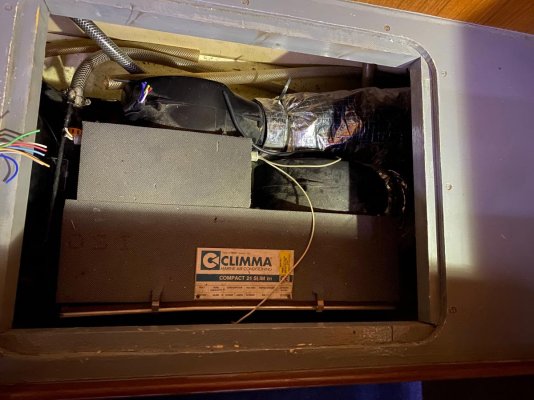Ski in NC
Technical Guru
There is plenty of heat in 40F sea water for a rev cycle machine to extract. The problem is if ice starts to form in the heat exchanger. A bit of ice forms and this reduces flow, which allows more ice to form. Then the problem literally "snowballs" til flow is choked off.
This problem is way worse if water flow is low. With four units on one pump the OP probably has a lot of plumbing, and some units might get plenty of flow, some might be on the low side.
Also some units are better at cold operation than others.
Just an idea that popped in my head (not super well thought through) is to have two pumps in parallel, with the second pump left off unless in cold temps, then switch to both on to increase flow. Just thinking aloud.
This problem is way worse if water flow is low. With four units on one pump the OP probably has a lot of plumbing, and some units might get plenty of flow, some might be on the low side.
Also some units are better at cold operation than others.
Just an idea that popped in my head (not super well thought through) is to have two pumps in parallel, with the second pump left off unless in cold temps, then switch to both on to increase flow. Just thinking aloud.


